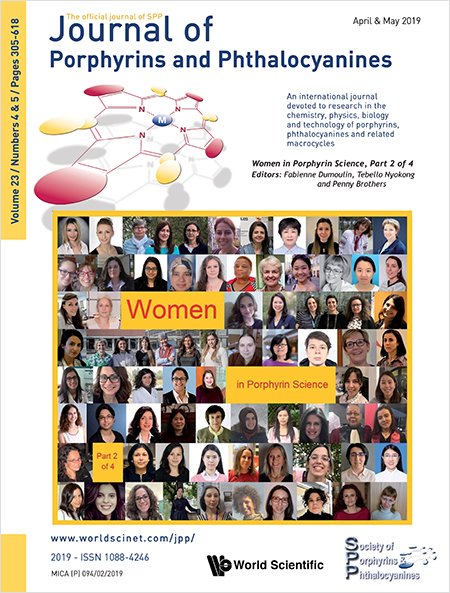Cobalt phthalocyanine-TiO2 nanocomposites for photocatalytic remediation of textile dyes under visible light irradiation
Abstract
CoPc(COOH)-TiO nanocomposites to be used as efficient visible light photocatalysts were obtained by modifying TiO2 nanoparticles with cobalt(II) tetracarboxyphthalocyanine (CoPc(COOH)). The photocatalyst was then characterized by ultra-violet diffuse reflectance spectroscopy (UV-DRS), Fourier transform infrared spectroscopy (FT-IR) and X-ray diffraction (XRD). The UV-DRS spectra showed that the absorbance spectrum of the modified catalyst was shifted to the visible region. Different textile dye solutions of Reactive Red 180, Acid Red 88 and Direct Orange 46 were efficiently degraded under visible light. Color removal rates were established to be 30%, 53% and 47% after 180 min for RR180, AR88 and DO46 dyes, respectively. The optimum catalyst concentration was determined to be 1 g/L of CoPc(COOH)-TiO. Development of the CoPc(COOH)-TiO nanocomposite photocatalyst enabled the utilization of visible light irradiation for efficient photodegradation of organic textile dye solutions.

This paper is part of the 2019 Women in Porphyrin Science special issue.
Handbook of Porphyrin Science now available in 46 volumes


